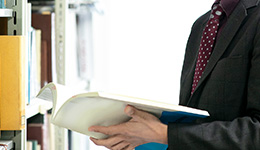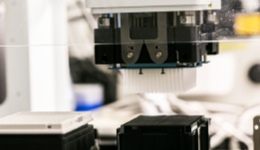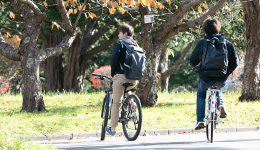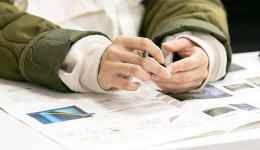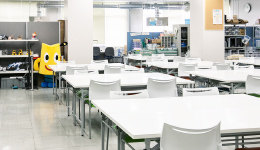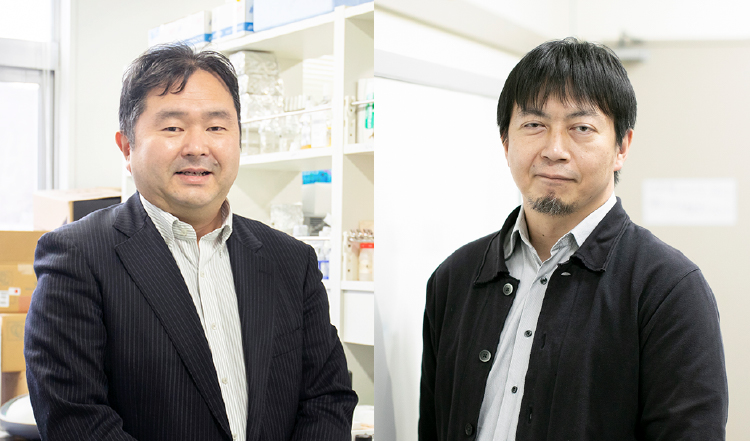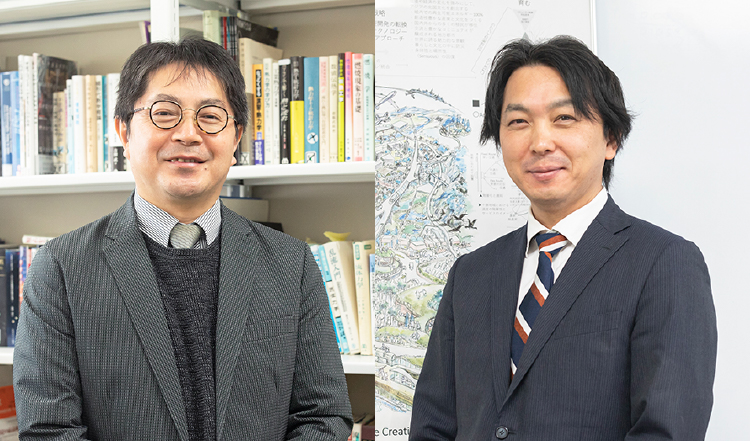Special Research Interview Feature:
"Disasters and AI"
× "Muroran Institute of Technology"
In Japan, known as a country prone to earthquakes, disaster prevention efforts are a very important issue.
At Muroran Institute of Technology, we are developing earthquake-proofing technology for buildings, using AI to help with disaster relief,
We conduct research in various fields of disaster prevention, including investigating the ground conditions that cause earthquakes and establishing models for reconstruction.
Here, we spoke in a dialogue format with four professors who are conducting research related to disasters.
MEMBER
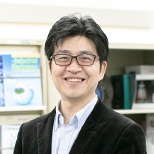
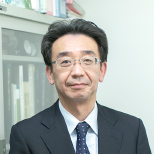
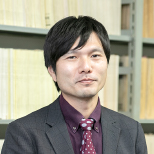
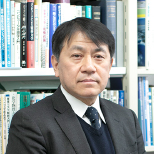
Please tell us about the research you are each working on and your thoughts on it.
Taking the next step in disaster prevention
Professor Dong: My research focuses on deploying artificial intelligence and the Internet of Everything (IOE) in society, and I am mainly researching technologies that can provide instantaneous, low-cost communications infrastructure in the event of a disaster.
In the 2018 Iburi Eastern Earthquake, a power station blackout caused radio base stations to go down, resulting in a halt to Internet service. In response to these situations, we developed a system called "Tenchijin" to provide communication infrastructure to disaster-stricken areas.
This technology makes it possible to provide Internet service to an area of about 10 to 30 km by loading communication equipment onto a drone and flying it to a disaster area. By utilizing this technology, it is possible to secure a line of information by connecting the inside and outside of the disaster area, including the confirmation of safety.
Performance evaluation has already been conducted through demonstration experiments, and research is being conducted in collaboration with local governments with the aim of commercializing the system.
Associate Professor Takase: The kanji for disaster prevention is "to prevent disasters." However, the power of nature is great, and there are aspects of it that cannot be prevented by human power. So, when a disaster occurs, it is important to know how to minimize the damage, which is called "disaster reduction."
I am researching the earthquake resistance of concrete structures, and in recent years, there have been cases where a disaster has occurred and the structure of the building itself is fine, but non-structural components such as partition walls and ceilings that do not bear the load have been severely damaged, causing problems with continued use, and in some cases, the building has to be demolished. This is the same as if the building is destroyed for the people using it, so I think that a system is needed that can break down such damage and damage categories, measure the degree of damage according to the scale of the earthquake at the design stage, and enable users to understand the recovery process at that time.
In the future, I would like to establish technology that can effectively repair and reinforce buildings that have deteriorated not only due to earthquake damage, but also due to frost damage, allowing them to be used sustainably.

Professor Kawamura: I think the difference between the concepts of disaster mitigation and disaster prevention, which you mentioned earlier, is very important. I specialize in geotechnical engineering, and for example, in the Hokkaido Eastern Iburi Earthquake that occurred in 2018, it became clear that pyroclastic fall deposits were one of the factors that caused the collapse of the slopes around Atsuma Town. Hokkaido in particular has a lot of ground covered with volcanic ash soil, and I think we need to continue to apply an engineering scalpel to this area in order to reduce disasters in the future.
As research progresses, we will be able to clarify information such as hazard maps, reduce damage, and take additional measures against disasters. While engineering has contributed to earthquakes and storms and floods in some areas, there are also areas where it has not been able to do its job. I think that in the future, we will need to take an approach that considers how much immunity we can build to future disasters.
Associate Professor Yoshida: My research mainly focuses on waste engineering, which covers everything from garbage collection to processing and disposal, and from the perspective of disaster prevention, I am involved with disaster waste.
Many people do not know much about disaster waste, but when a large-scale earthquake occurs like the Great East Japan Earthquake that occurred in 2011, about 10 years' worth of waste is produced in a single day, and it takes a considerable number of years to process it.
Furthermore, if waste cannot be processed, reconstruction support, including infrastructure, will be delayed, and secondary damage such as fires and scattering of house dust from temporary waste storage sites will occur. The problem is how areas that have not been affected by the disaster can prepare.
In my case, I believe it is necessary to create a system that can effectively handle disaster waste from the perspective of supporting victims, rather than from the perspective of disaster prevention and mitigation.
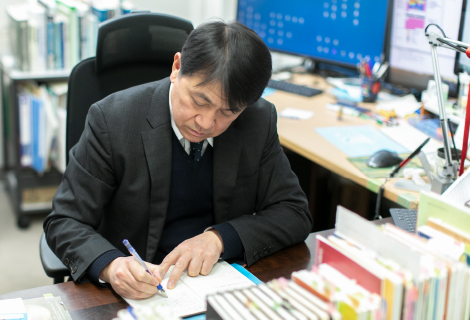
Please tell us about your future plans.
Solid disaster prevention measures
Professor Dong: Aside from the field of disaster prevention, we are also working towards collaboration between the information and medical fields. With the advent of 5G, the world will be able to transmit larger volumes of information at higher speeds.
For example, remote medical care using 5G will allow AI to analyze various medical data, and doctors will only see patients with suspected cancer treatments. This will help alleviate the shortage of medical staff. Furthermore, medical support using AI and 5G is expected to be useful in disaster areas where doctors cannot rush to the scene immediately.
Associate Professor Takase: Recently, there has been a movement to utilize AI in the field of architecture. Because earthquake resistance differs before and after the 1981 revision of the Building Standards Act, we hope to use AI to determine information related to earthquake resistance, such as whether a building was built before or after the revision, and how many openings the building has. Ultimately, we hope to be able to contribute to estimating earthquake damage in each area and creating hazard maps from satellite photos or photos taken from the air by drones when an earthquake occurs.
Professor Kawamura: In the field of civil engineering, we are facing an important issue of how to deal with increasingly severe disasters. In that sense, we must first strengthen infrastructure, or so-called hard measures, then soft measures such as evacuation methods, and finally educational activities such as disaster prevention education. I think it is important to approach this in a balanced manner while discussing these issues in cooperation with the national and local governments.
Associate Professor Yoshida: When a wide-area disaster occurs, confusion is bound to occur in the affected areas for the first week afterward. For example, if information about flooding on roads or traffic congestion cannot be obtained, evacuation and rescue will be delayed. Information infrastructure is important, so in that sense, I hope that we can use Professor To's drones and AI technology to assess the level of damage and prioritize relief assistance accordingly.
Tell us what you want.

